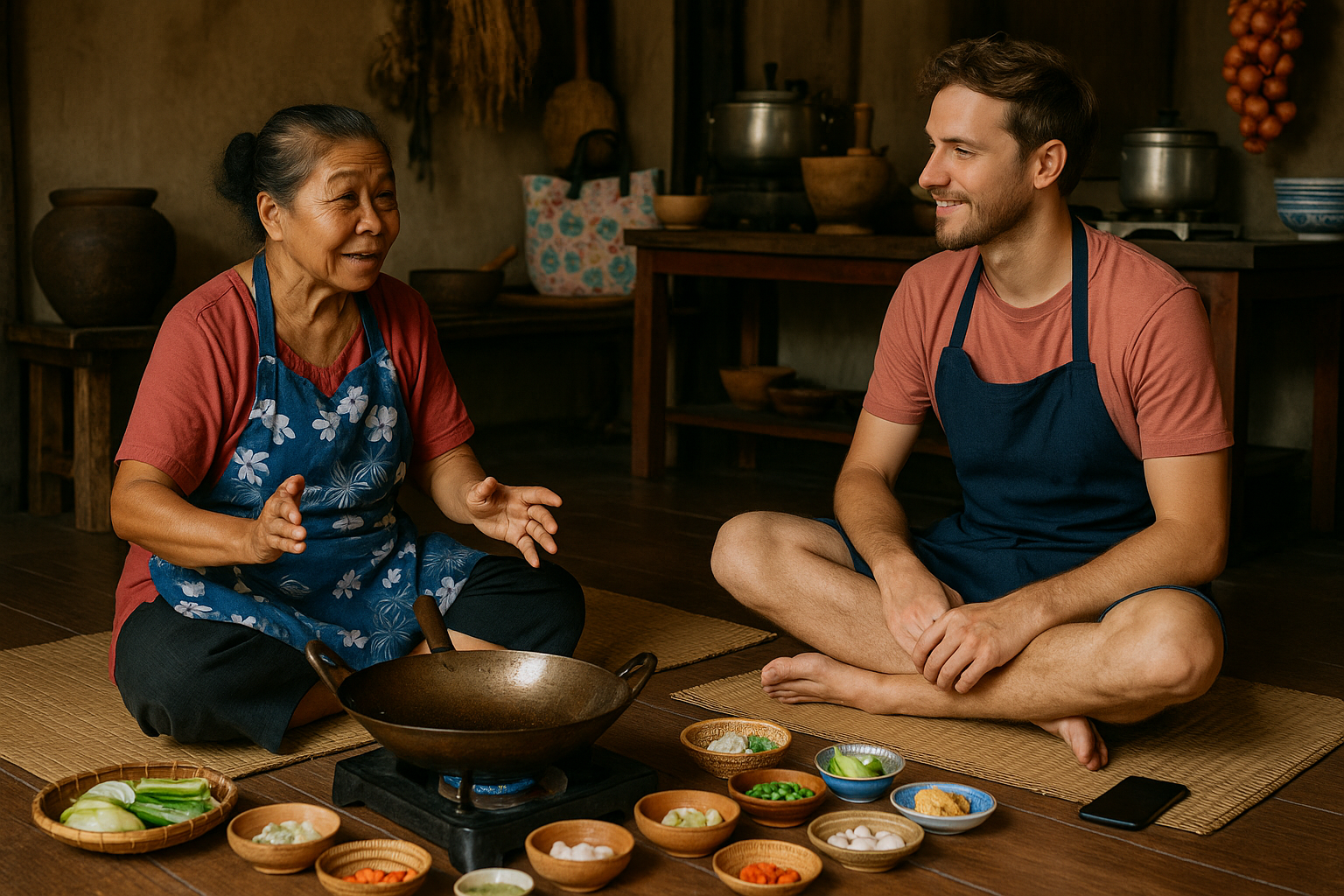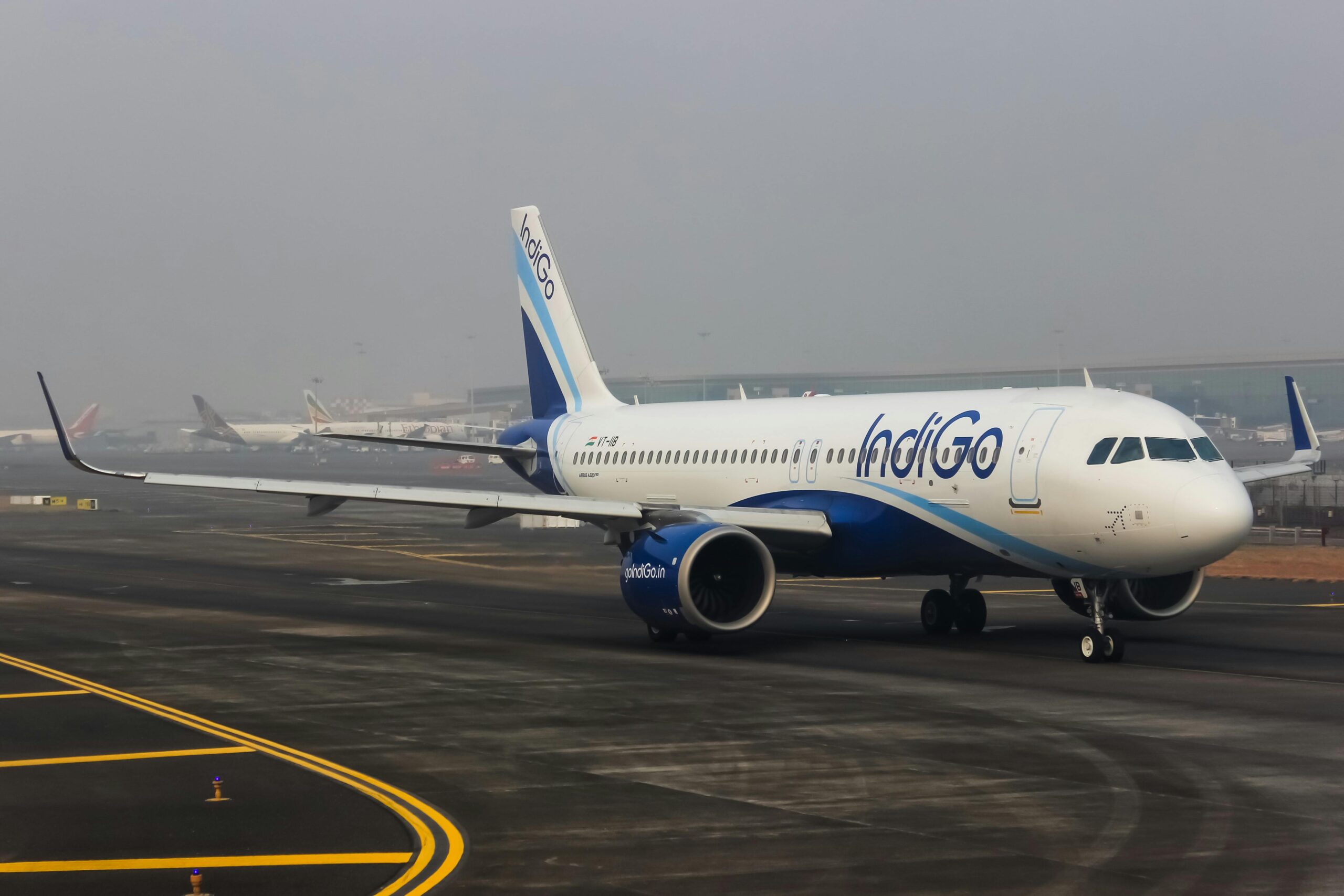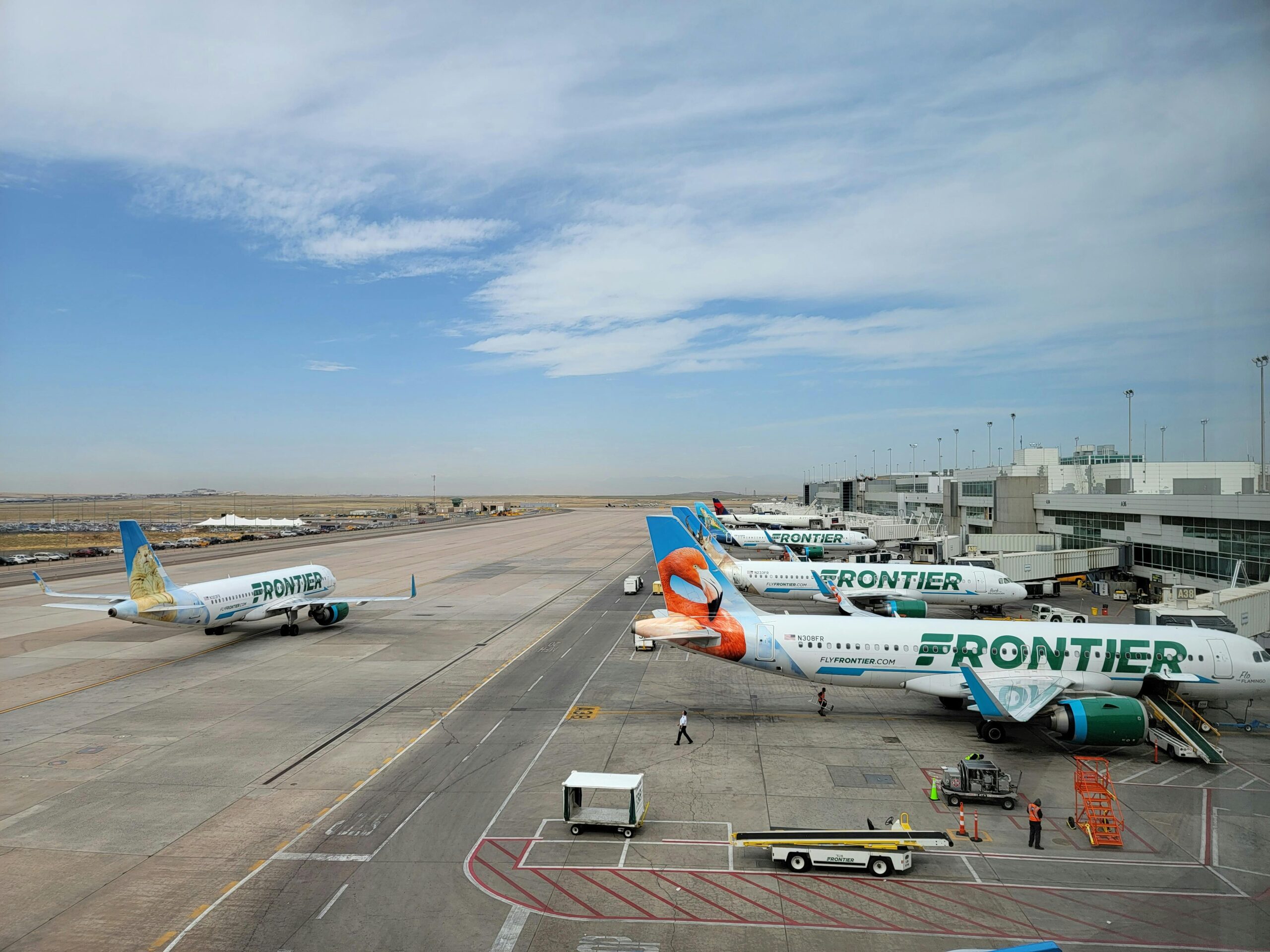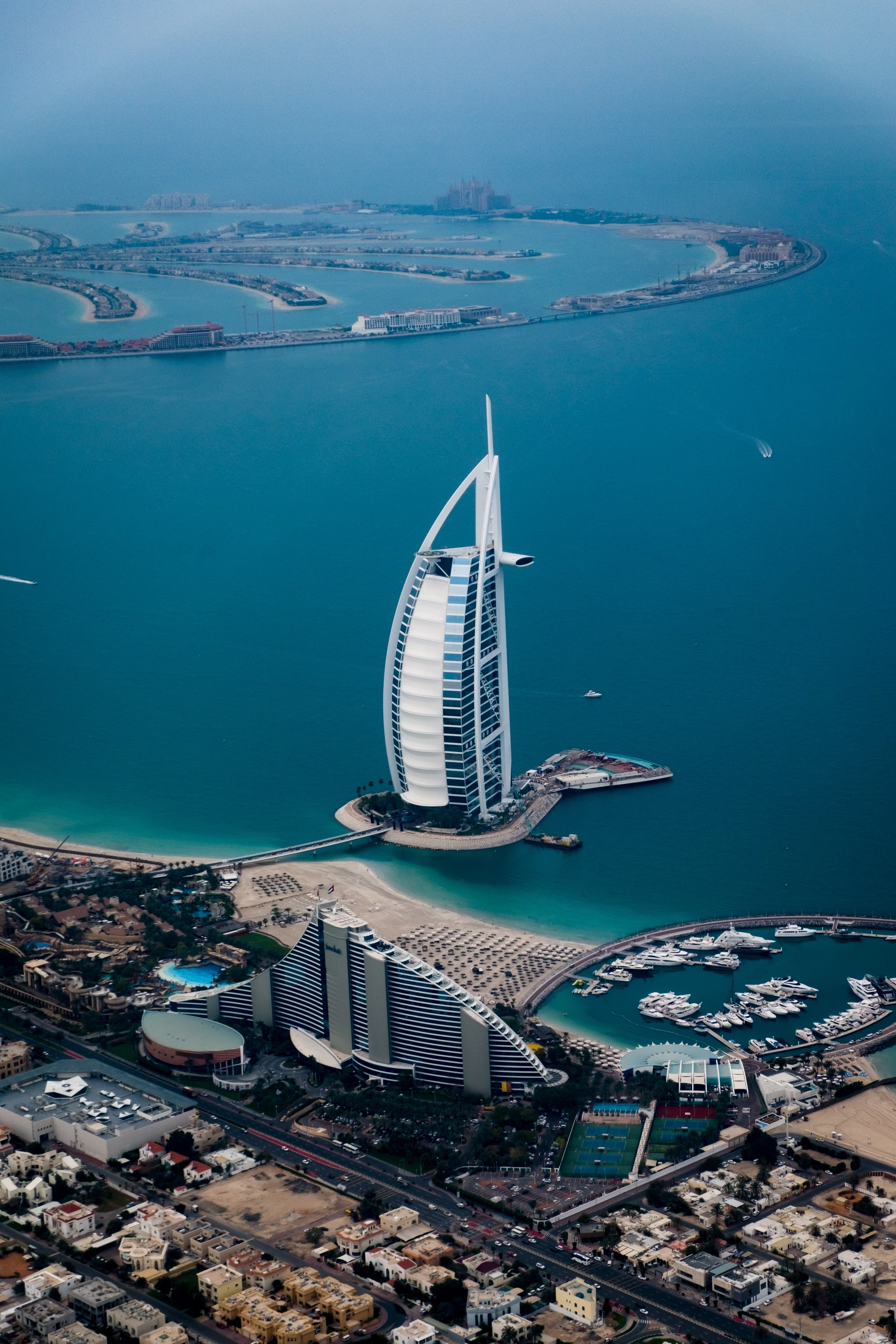There’s a huge difference between visiting a place and truly experiencing it. Walking through a famous square, snapping photos, and checking into a Western-style hotel is one version of travel — but it barely scratches the surface. If you want your journey to stick with you, to change you a little, then it’s time to explore the world of cultural immersion trips. These aren’t vacations built around monuments. They’re built around people, conversations, meals, and moments that reveal how others live — and what we share in common.
What Cultural Immersion Really Means
Cultural immersion isn’t about acting like a local or “going native.” It’s about approaching another culture with humility, curiosity, and respect. It’s asking questions without assuming answers, showing up not just to observe but to listen, engage, and contribute. Whether you’re sharing tea with a Berber family in Morocco, planting rice with farmers in Vietnam, or spending a week learning salsa in Colombia, cultural immersion trips turn the world into a classroom — one that’s always moving, always teaching.
In today’s hyper-connected world, travelers are hungry for something deeper than Instagrammable backdrops. Immersion means trading the comfort of guided tours for the unpredictable rewards of real contact — with a language, with a landscape, and most importantly, with people. The shift toward meaningful travel isn’t just a trend — it’s a movement. And it’s shaping how we experience the world in 2025 and beyond.
Homestays and Local Living
One of the most powerful ways to immerse yourself in another culture is by staying where the locals live — not in chain hotels, but in family-run guesthouses, homestays, or community accommodations. These experiences strip away the barrier between “tourist” and “host,” making room for real interaction. In a homestay, you’re not just sleeping and eating. You’re participating in daily life — sharing meals, exchanging stories, even helping with chores or celebrations.
Websites like Homestay.com or Fairbnb focus on ethical, immersive options, often reinvesting profits into the local community. In many cases, hosts are eager to teach you local phrases, introduce you to neighbors, or take you to places not listed in guidebooks. It’s one of the most organic and rewarding forms of cultural exchange.
Language Exchange and Learning
Language is more than a tool — it’s a doorway. Even learning a few words opens hearts and builds bridges. Cultural immersion trips often include opportunities for language learning, either formally (in classes or through programs like Language Travel) or informally through conversation exchanges and daily interactions.
Apps like Duolingo or Tandem are great starting points, but nothing beats practicing at a local café, market, or with your host family. When you try — even imperfectly — to speak someone else’s language, you’re showing effort, interest, and respect. And that goes a long way in opening up more immersive, authentic travel experiences.

Participating in Daily Life
Some of the best cultural experiences aren’t tours or excursions — they’re everyday moments. Joining a cooking class in a grandmother’s kitchen in Thailand. Shopping at a neighborhood market in Oaxaca. Watching a local soccer match from the stands with fans in Rio. These aren’t staged performances — they’re glimpses of life as it’s really lived.
Seek out cultural centers, community workshops, or slow tourism hubs that focus on interaction instead of observation. Websites like Local Alike and Responsible Travel curate experiences that support local traditions and keep tourism money in the community. Whether it’s weaving, fishing, gardening, or just sharing coffee and conversation — being present in the moment matters more than ticking off a list of “must-see” attractions.
Volunteering and Skill Sharing
Volunteering during your trip can lead to deep immersion — but only if it’s done responsibly. It’s not about showing up with a savior complex. It’s about being useful, learning from the community, and offering skills that are actually needed. Organizations like IVHQ and Workaway offer vetted programs ranging from environmental conservation to language exchange.
Always vet volunteer programs to ensure they’re ethical, sustainable, and community-driven. Look for those that include cultural orientation, clear expectations, and long-term relationships with locals. Done right, volunteering isn’t just a service — it’s a mutual exchange where both sides learn and grow.
Respecting Traditions and Etiquette
Immersion means entering another culture — not trying to change it. That requires respect, and sometimes, humility. Learn about local customs, dress modestly where appropriate, ask permission before taking photos, and understand what’s considered polite or offensive in that region. A little cultural literacy goes a long way toward building bridges rather than walls.
Resources like Culture Crossing offer guides on etiquette and customs around the world. When in doubt, follow your hosts’ lead and always ask if you’re unsure. Immersive travel is as much about listening as it is about doing.

The Power of Slow Travel
Cultural immersion doesn’t happen on a tight schedule. It unfolds slowly — through repeated interactions, unplanned detours, and unexpected connections. That’s why many cultural immersion travelers embrace slow travel. It’s the idea of staying longer, going deeper, and seeing less to experience more.
Instead of trying to squeeze five cities into seven days, consider spending a week in a single village, town, or neighborhood. Let rhythms emerge. Return to the same café. Greet familiar faces. In doing so, you’re not just observing a culture — you’re participating in it, if only for a little while.
The world doesn’t need more tourists. It needs more learners. Cultural immersion trips offer a rare kind of travel — the kind that opens your heart, sharpens your mind, and leaves you with stories that no postcard can capture. They require more effort, more patience, and more presence. But what you get in return is unforgettable: connection, understanding, and a new lens through which to see the world.
Have you ever taken a cultural immersion trip? What experience left the biggest mark on you? We’d love to hear your story in the comments — and if you’re planning one soon, follow us or visit Wentworld.com for more inspiration, guides, and community-based travel ideas that help you explore the world more meaningfully.
Catch up on the top stories and travel deals by subscribing to our newsletter!












Leave a Reply